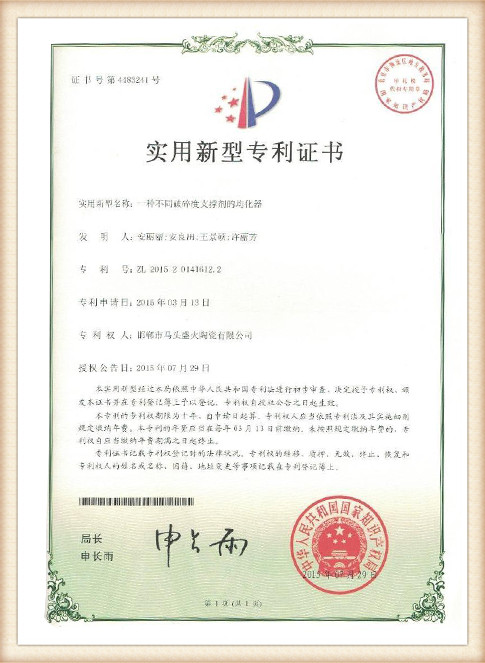Understanding Coated Sand Casting A Comprehensive Overview
Coated sand casting is an advanced and versatile metal casting technique that has gained prominence in various industries, including automotive, aerospace, and heavy machinery. This process combines the traditional sand casting method with a sophisticated coating material to enhance performance, precision, and surface quality. This article will delve into the principles, advantages, applications, and challenges of coated sand casting.
The Basics of Sand Casting
Before exploring coated sand casting, it's essential to understand the fundamentals of sand casting. Sand casting involves creating a mold from a mixture of sand and a binding agent. Once the mold is formed, molten metal is poured into it to create the desired shape after cooling and solidification. Although sand casting is a cost-effective and flexible production method, it often struggles with surface finish and dimensional accuracy.
Coated Sand Casting Explained
Coated sand casting enhances the traditional sand casting method by applying a thin layer of a coating material to the surface of the sand grains. This coating can consist of various materials, such as phenolic resins, silica, or ceramic compounds. The purpose of the coating is to improve the following characteristics
1. Surface Finish The coating reduces the roughness of the casting surface, resulting in a finer finish and minimizing the need for extensive post-processing.
2. Dimensional Accuracy The coated layer provides better thermal properties, leading to less shrinkage and distortion during the cooling process. This precision reduces tolerance variations in complex designs.
3. Heat Resistance The coating material enhances the thermal stability of the sand, allowing it to withstand higher pouring temperatures without degrading.
4. Defect Reduction The coated grains are less likely to contaminate the molten metal, leading to fewer defects like inclusions and blowholes.
Benefits of Coated Sand Casting
Coated sand casting boasts several advantages, which contribute to its growing popularity
coated sand casting

- Cost-Effectiveness While the initial investment in coated sand materials may be higher, the savings from reduced post-processing and improved yields often offset these costs.
- Enhanced Productivity The process facilitates faster mold making and less downtime due to the improved properties of the coated sand, accelerating production cycles.
- Versatility Coated sand casting is suitable for a wide range of metals, including aluminum, iron, and various alloys, making it applicable in many sectors.
- Improved Design Freedom The ability to produce intricate geometries with high precision opens new horizons for design innovation, allowing engineers and designers to push boundaries.
Applications in Industry
Coated sand casting finds utility across various sectors. In the automotive industry, it is used to produce engine blocks, transmission housings, and specialized components that demand high precision and reliability. The aerospace sector benefits from lightweight yet structurally sound parts, while the heavy machinery industry relies on this process for producing durable and robust components.
Additionally, coated sand casting plays a pivotal role in manufacturing parts for various consumer goods and machinery. Its ability to create high-quality castings quickly makes it a favored choice in the mass production of complex shapes and designs.
Challenges and Considerations
Despite its numerous benefits, coated sand casting is not without challenges. The process requires careful control over the coating application to ensure uniformity and optimal performance. Variations in the coating thickness can lead to defects, which may compromise the final product. Additionally, while coated sands may improve surface quality, they require specialized equipment and handling, impacting overall production workflow.
Furthermore, there are environmental considerations regarding the use of certain coating materials. The industry is progressively focusing on eco-friendly alternatives to minimize environmental impacts and enhance sustainability.
Conclusion
Coated sand casting is a sophisticated and growing field within metal casting that offers numerous advantages over traditional sand casting methods. With its ability to produce high-quality castings with excellent surface finishes, dimensional accuracy, and improved thermal stability, coated sand casting is set to play a vital role in advancing manufacturing practices across diverse industries. As technology continues to evolve, we can expect further innovations in coating materials and methods that will enhance the capabilities and applications of coated sand casting, paving the way for even more revolutionary developments in metalworking.
Post time:অক্টো. . 06, 2024 18:10
Next:golden sanda
